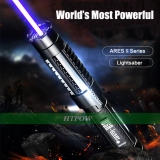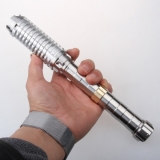Custom Laser Engraving
For large-scale micro-engraving by thermo-optical ablation, the most effective method is to use a pulsed laser beam with a single laser pulse to create a complete mesh cavity. A Q-switched Nd: YAG laser system with a working focus average power of 500 watts and a repetition rate of 70 kHz can achieve a volumetric ablation rate of zinc of 1 cubic centimeter / minute, and a custom laser Engraving area ablation rate of 0.1 square meters /minute. The shape of the cells is determined by the intensity waveform of the laser beam. Cells (both in depth and diameter are variable in grayscale) can be generated by a laser with a Gaussian beam waveform, while traditional cells (with a constant depth-changing diameter at each gray value) are generated by using flat-bottomed waveforms. The size of the mesh cavity depends on the pulse energy and is controlled by the digital image data set by using an acousto-optic modulator. The diameter ranges from 25 meters to 150 meters, which can define the screen resolution of the image; the depth ranges from 1 meter to 40 meters, which can define the gray value of the printed dots.
The heat transfer and convection of the melt must be minimized. Therefore, a special electro-galvanized material with an organic additive has been developed, which has a lower thermal conductivity than ordinary zinc structures. By vaporizing and ablating this special zinc, the melting area and burrs can be reduced to a thin layer of sediment (within 2-3 meters around the cell). The entire surface of the drum is alternately engraved by a continuous spiral mesh cavity track. When the drum speed reaches 20 rpm, the processing head moves at a traverse feed of 15-150 microns / revolution, parallel to the axis of the drum (depending on the screen resolution). The thickness of the mesh wall between the cells is only 4-6 microns at the maximum tone value. This requires the laser Engraver beam to reach the aiming accuracy of about 1 micron.











